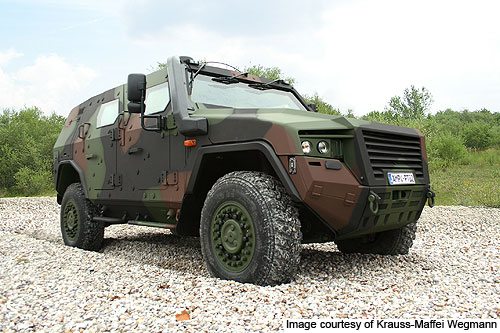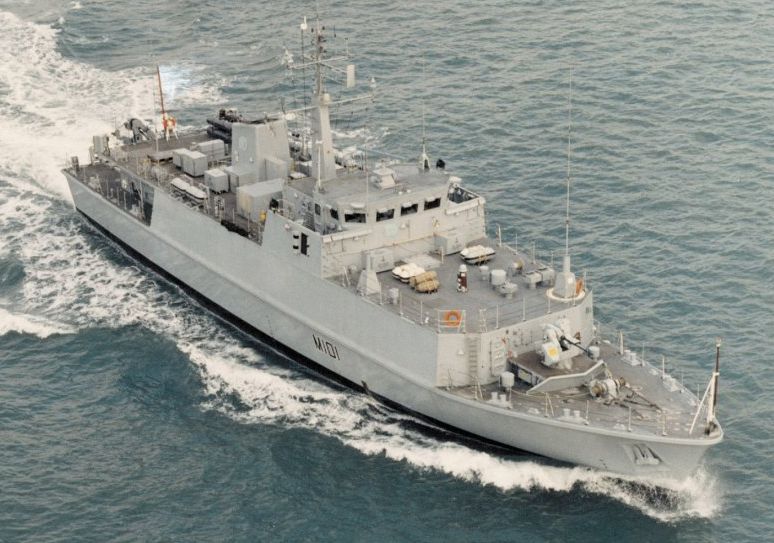Outstanding levels of tactical, operational and strategic mobility, compelling combat effectiveness and maximum survivability are key requirements imposed on modern military vehicles today – whether they are designed primarily for combat, command and control, mission-specific roles or transport. In contemporary conflicts, where the threat is often asymmetric yet deadly, protecting troops deployed in harm’s way from hostile fire, IED attacks, CBRN agents and even extreme climate conditions has become a top priority for commanders worldwide: around the clock and in every branch of every service.
This is reflected in the current procurement plans of the armed forces of many nations, including the Bundeswehr’s GFF/GTF project to develop protected C4I and mission-specific vehicles as well as protected transport capacity. Under this programme, Rheinmetall and Krauss-Maffei Wegmann (KMW) of Germany have joined forces to develop a highly protected family of armoured multipurpose vehicles (AMPV) in the 10-ton weight class. Their design and layout take full account of operational experience accumulated by the German armed forces in Afghanistan and elsewhere.
Slightly over five metres long, two metres wide and two metres high, the AMPV has successfully passed an intense testing and trial phase by the German armed forces and is now fully qualified for series production.
With an empty weight of roughly 7.8 tons the AMPV can carry a payload of over two tons. The highly protected vehicle cell consists of a self-supporting steel hull with composite armour and spall liner. The reinforced flooring and cellular design offer excellent protection against mines and IEDs; while add-on armour modules supply scaleable extra ballistic protection.
High mobility likewise contributes to a vehicle’s overall battlefield survivability, and the AMPV design reflects this. The vehicle’s robust chassis, featuring independent wheel suspension, is engineered to withstand maximum punishment. An automatic transmission, permanent all-wheel drive, automatic differential locking management and combat wheels with a central tyre inflation system combine to assure superb mobility even in the toughest terrain.
A patrol version of the AMPV (with an unprotected load space) will be available, as well as mission module carriers with a safety cell extending all the way back to the rear of the vehicle. For enhanced lethality, a remote control weapon station (up to .50 cal.) can be mounted on any AMPV vehicle.











